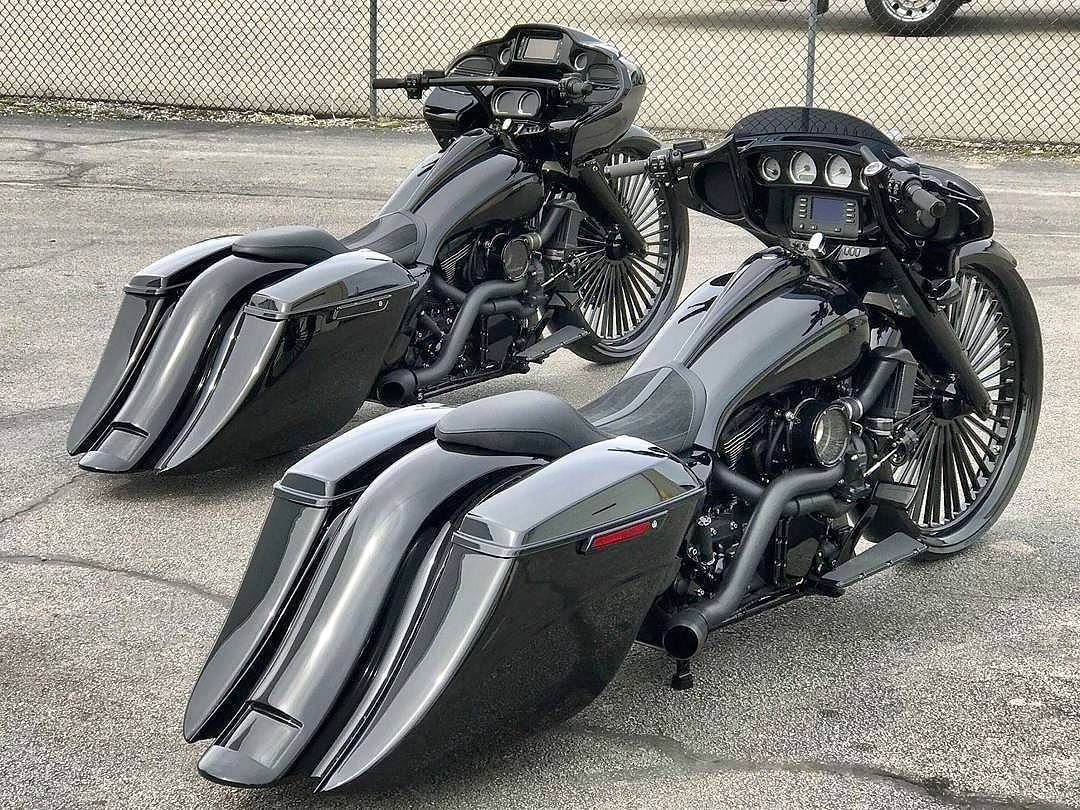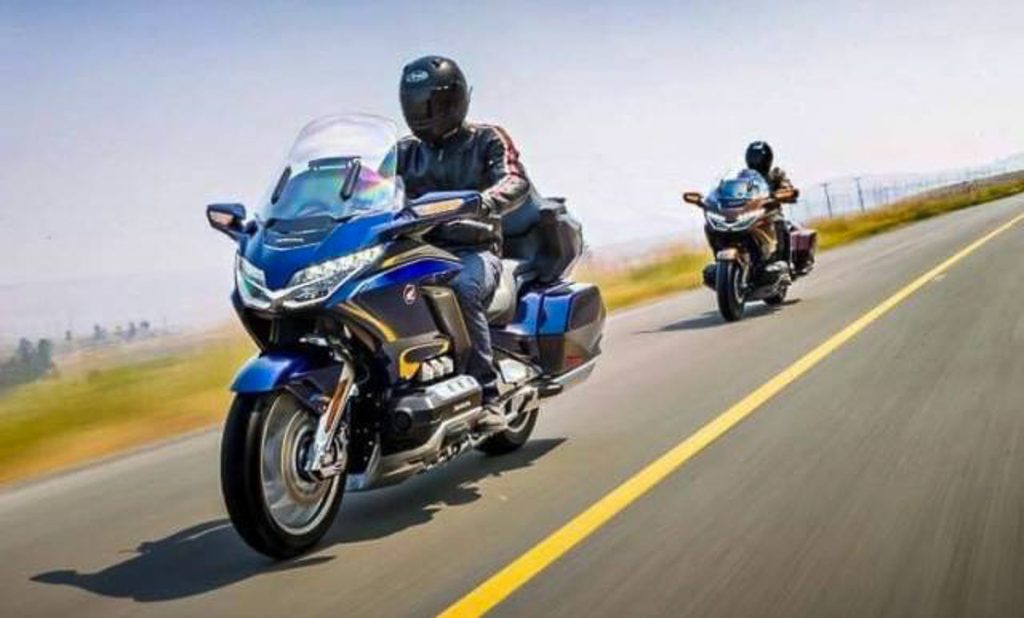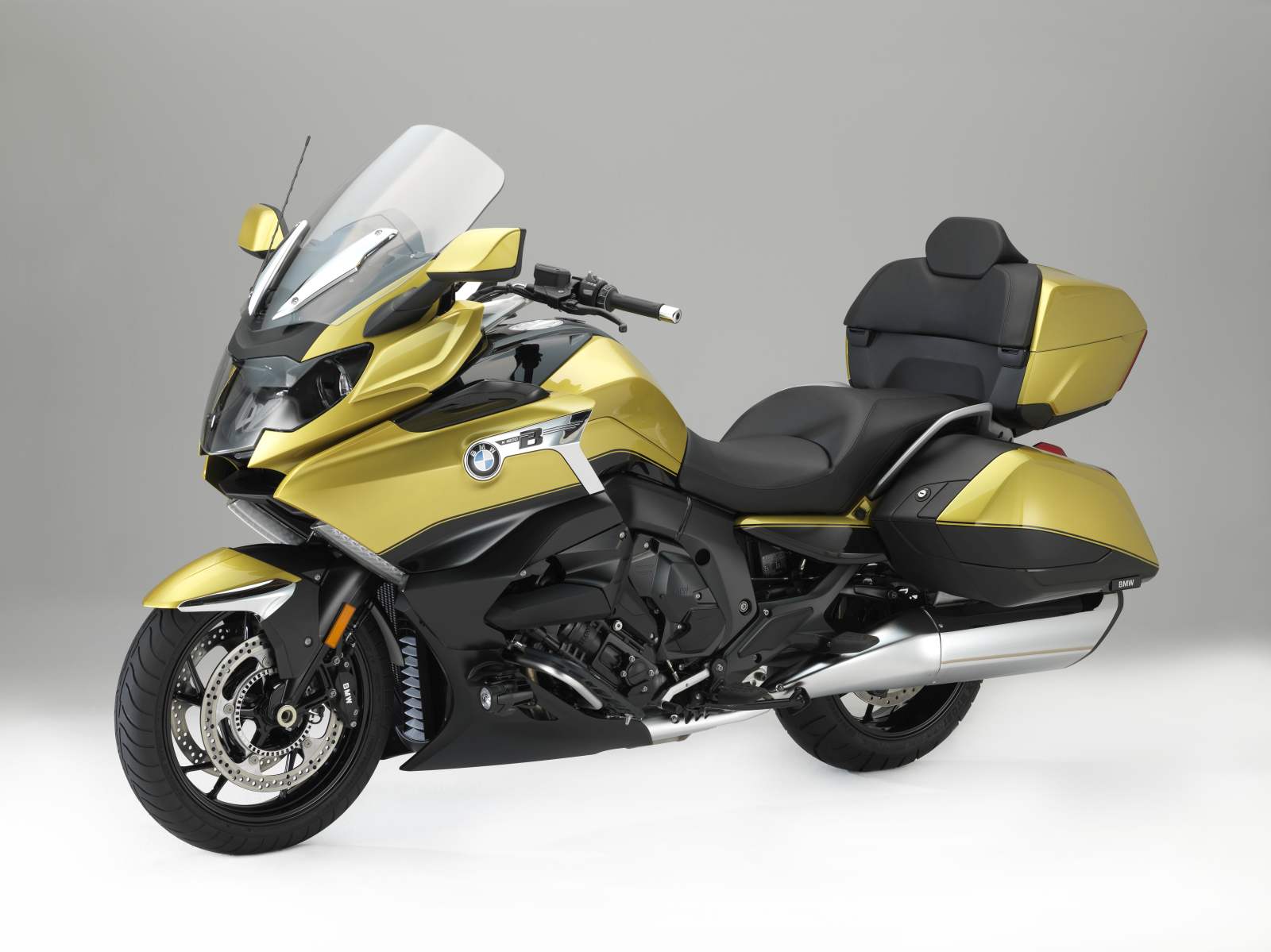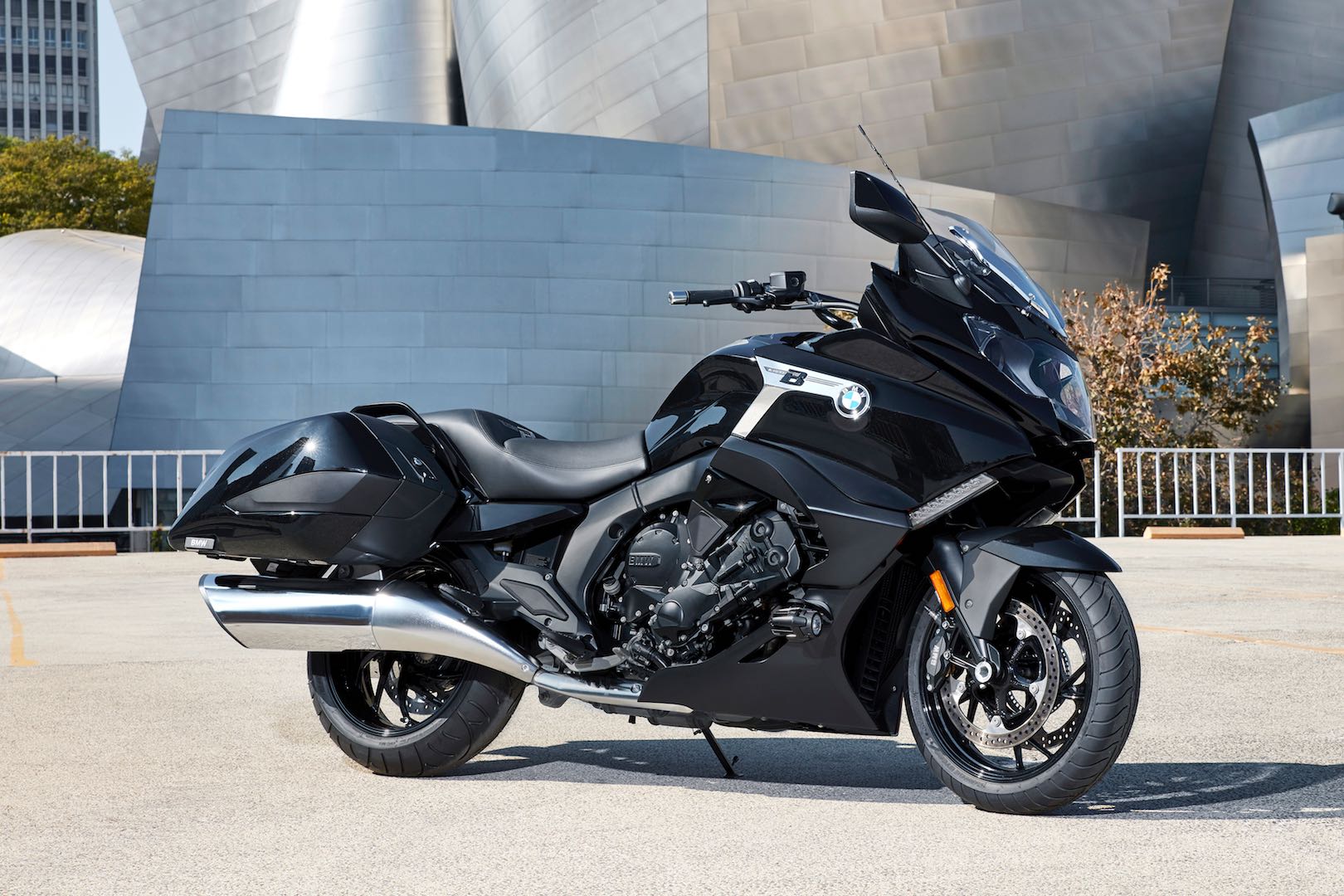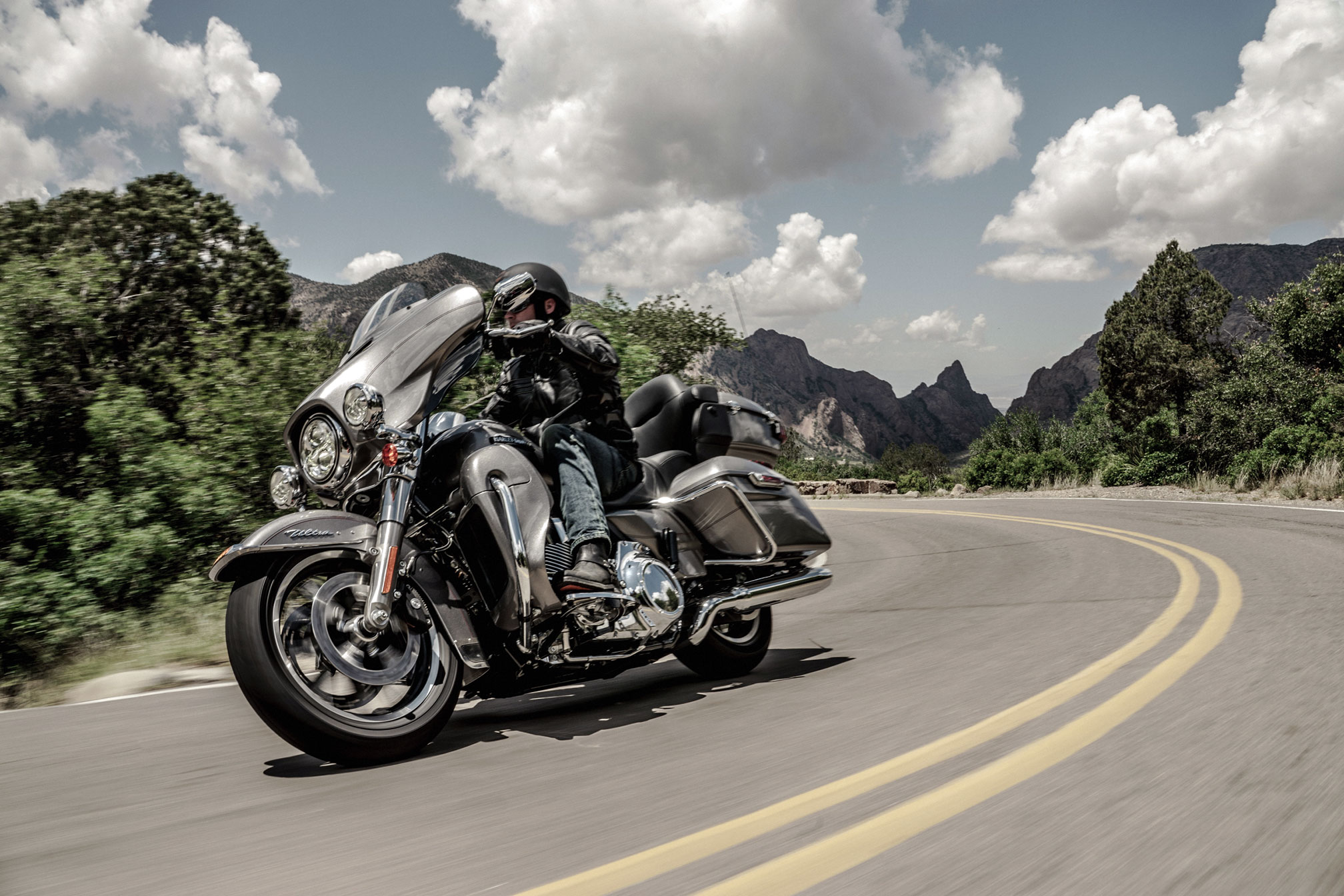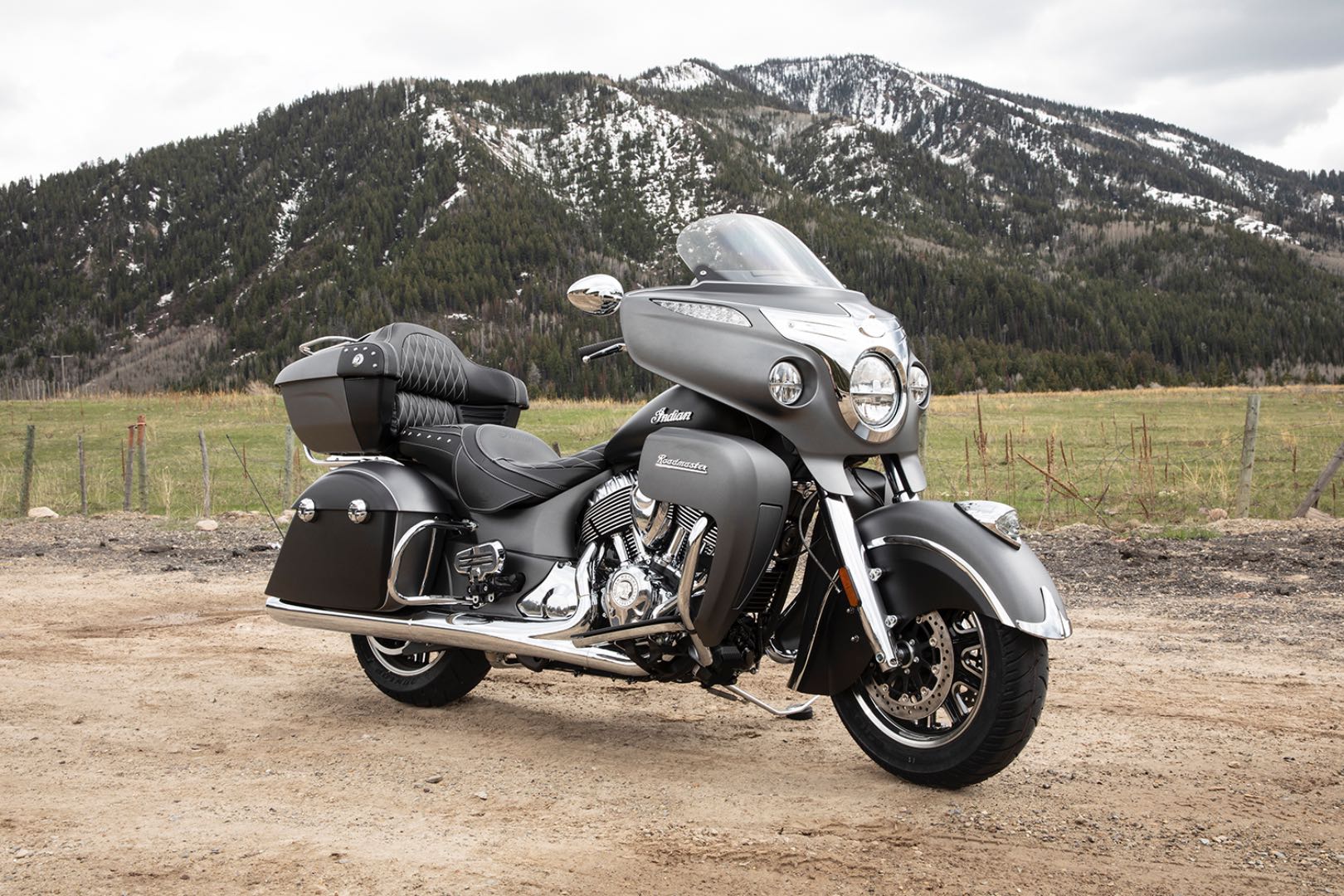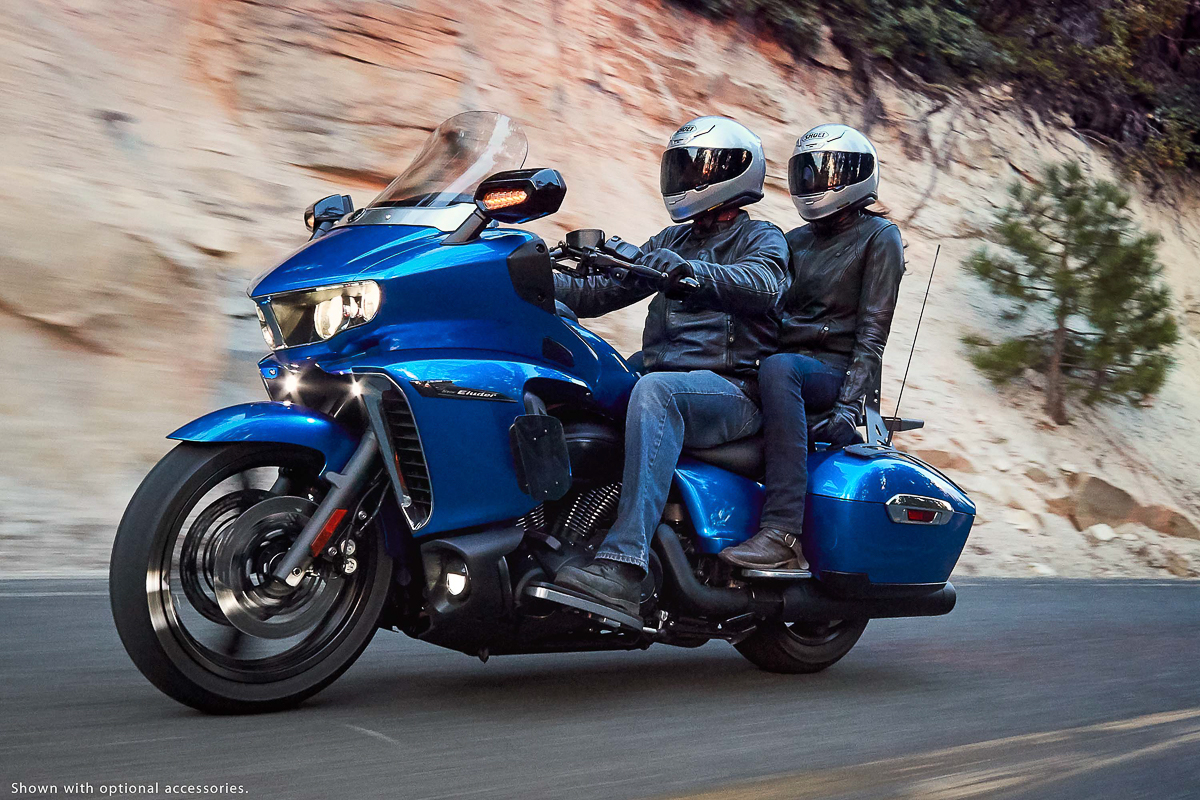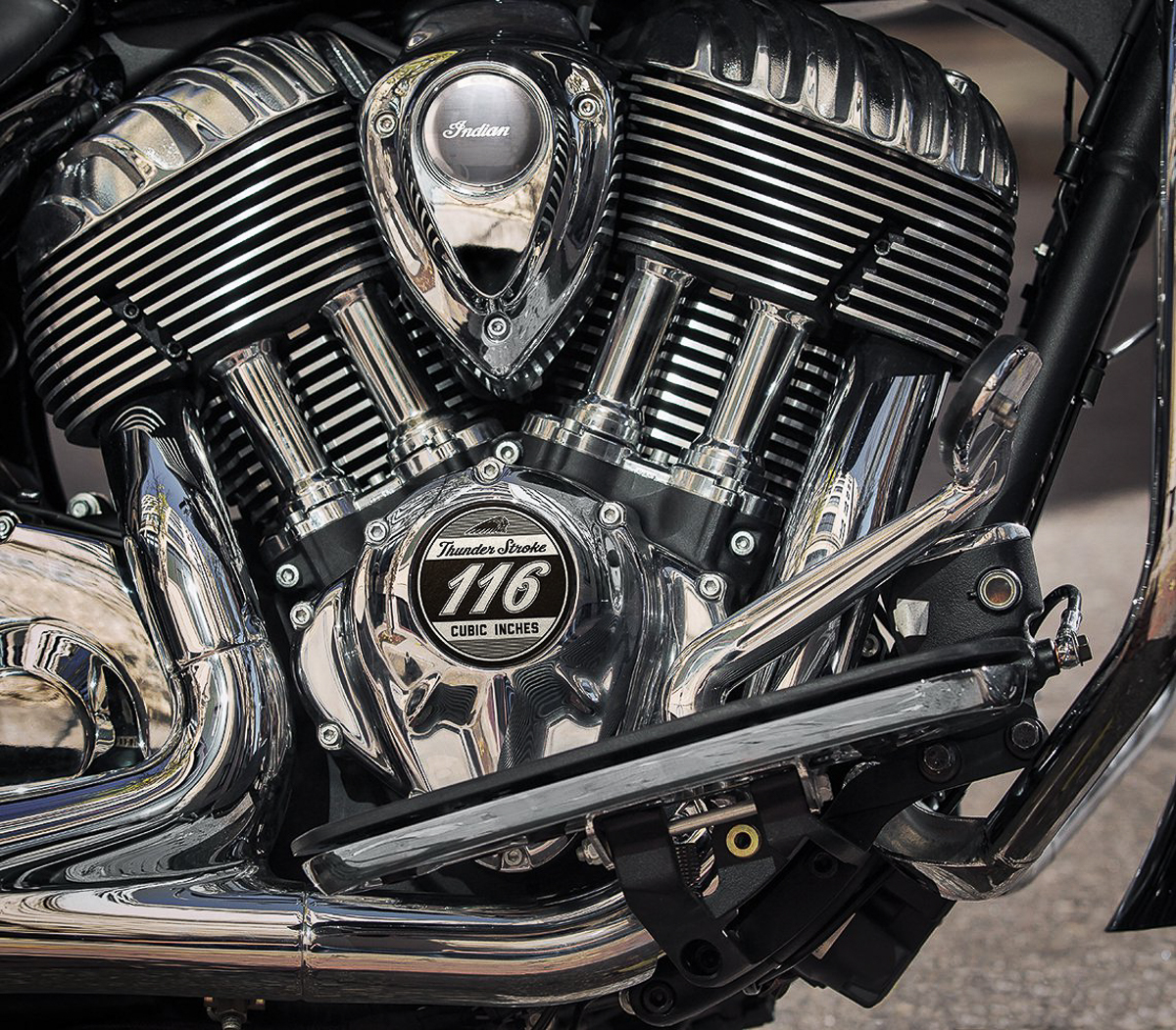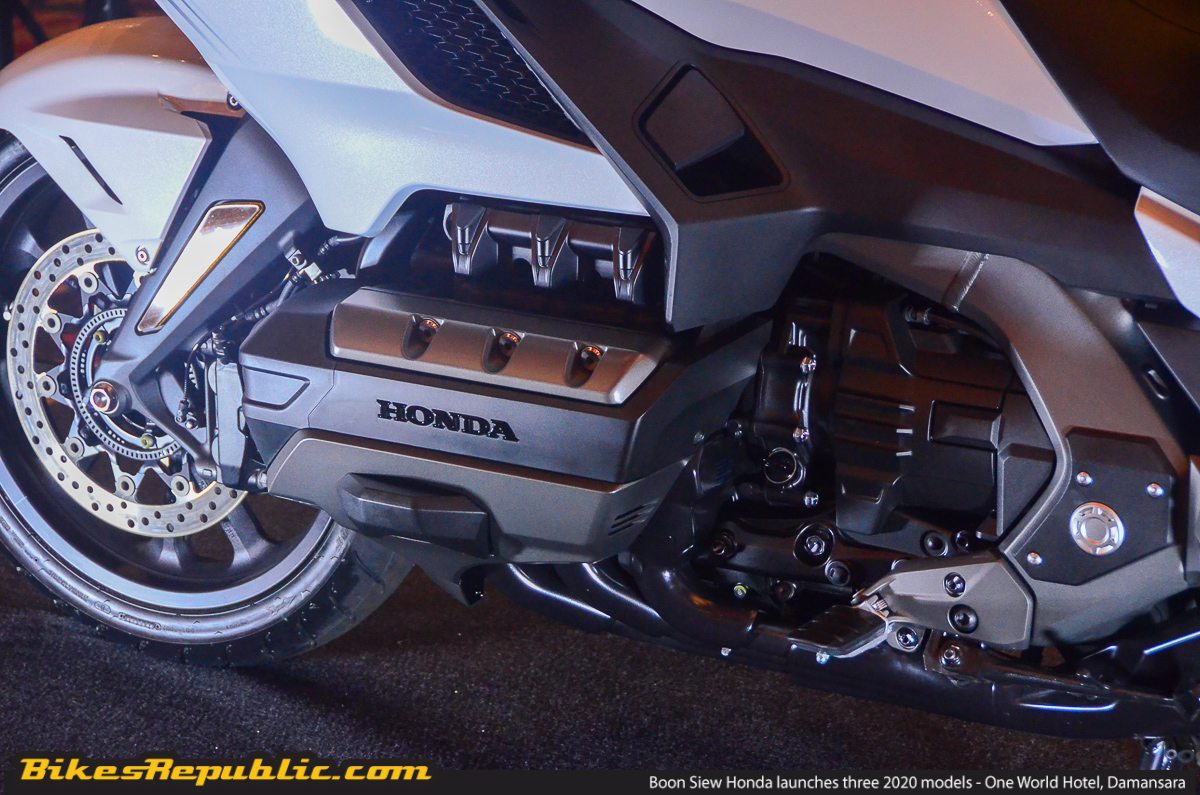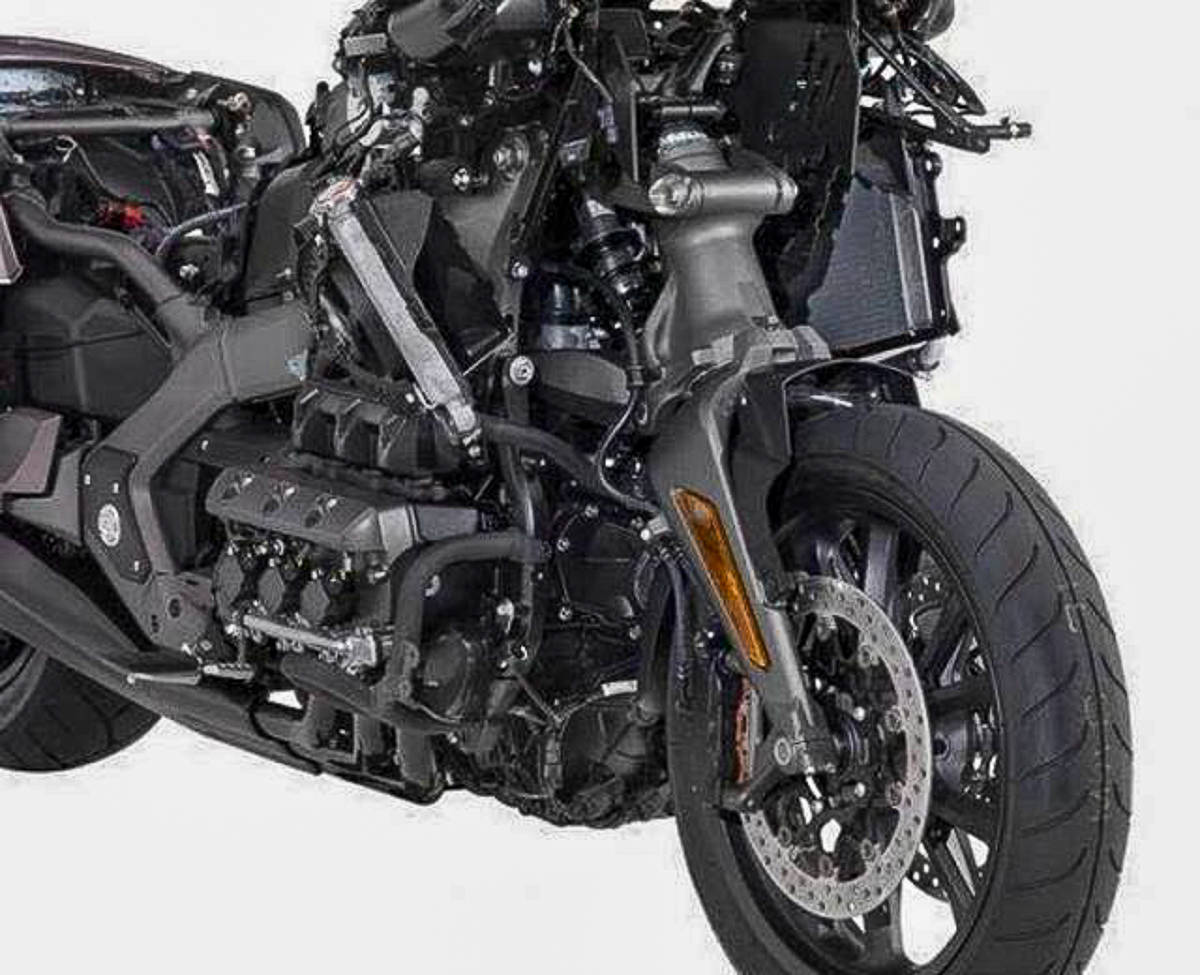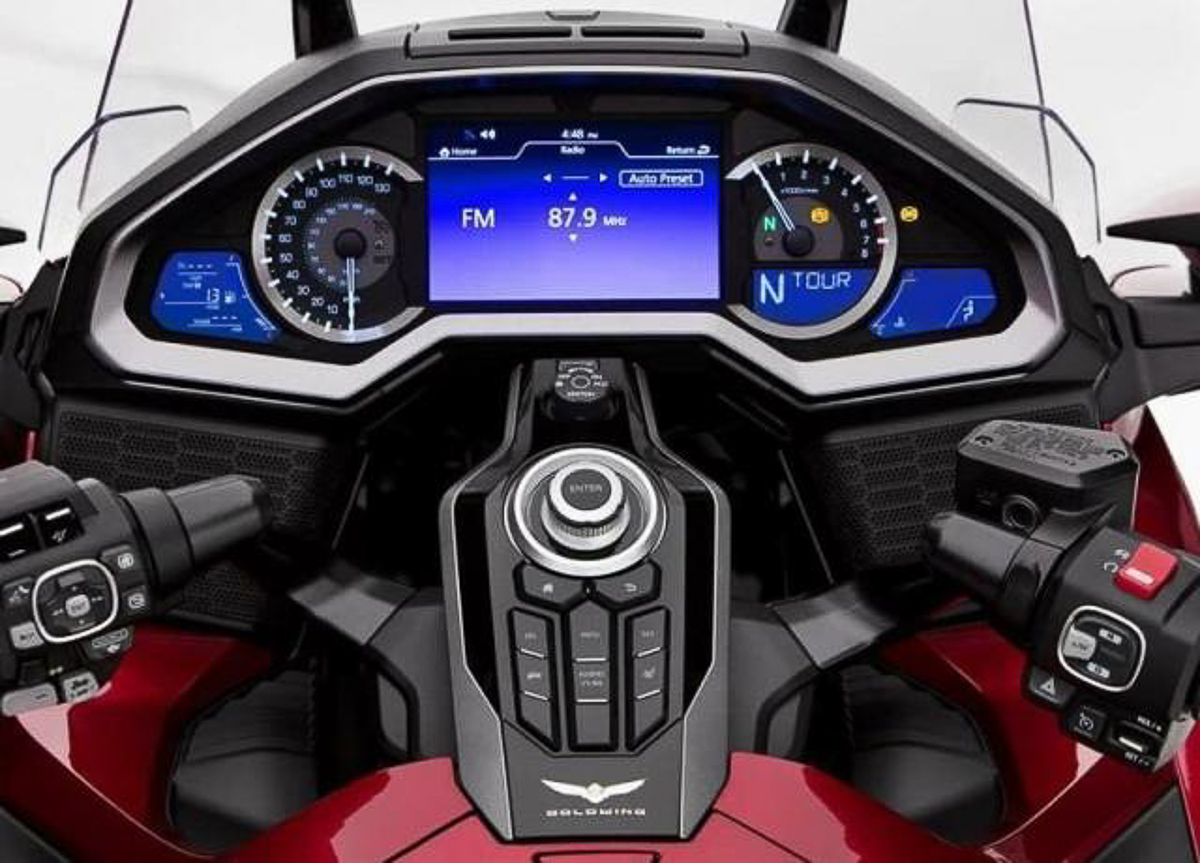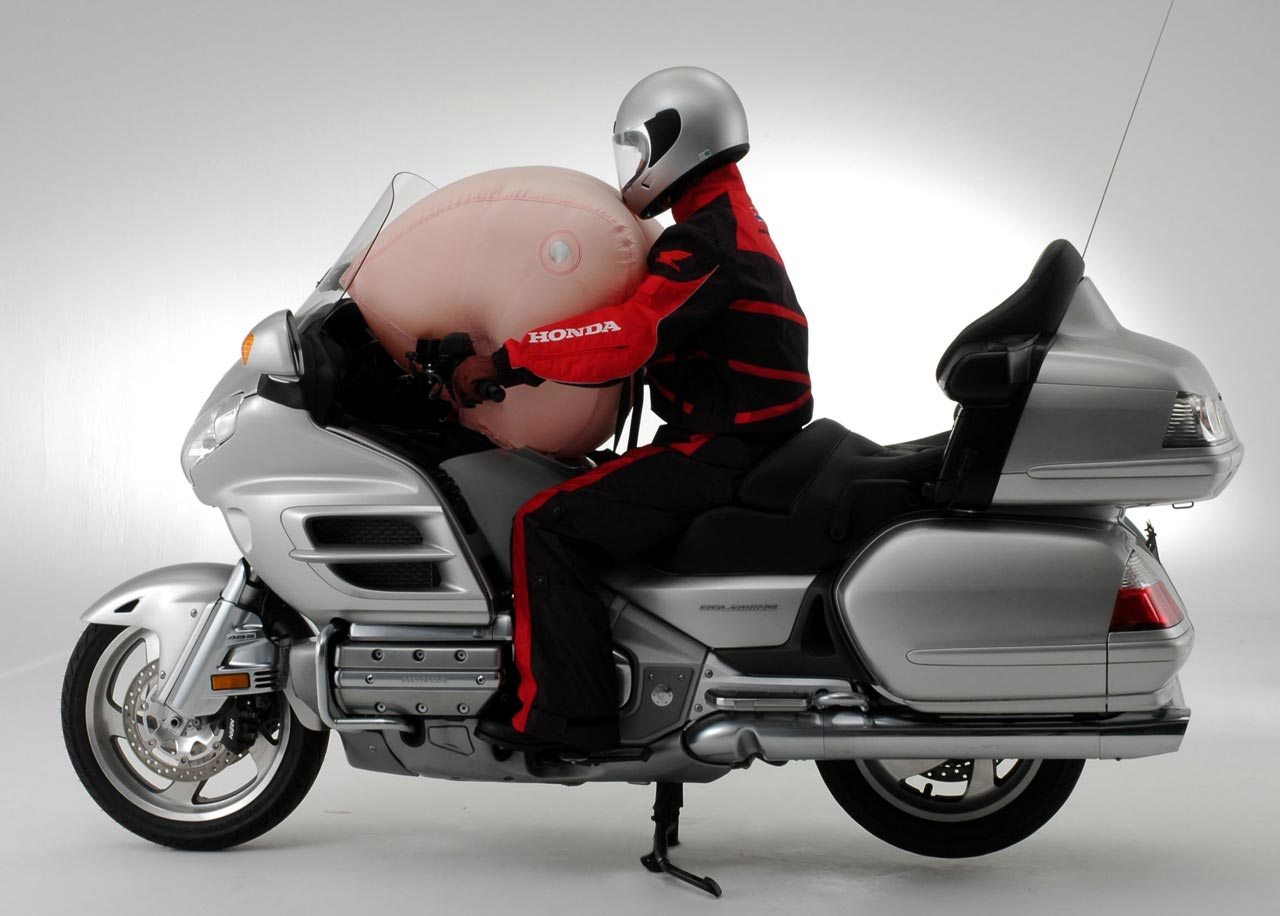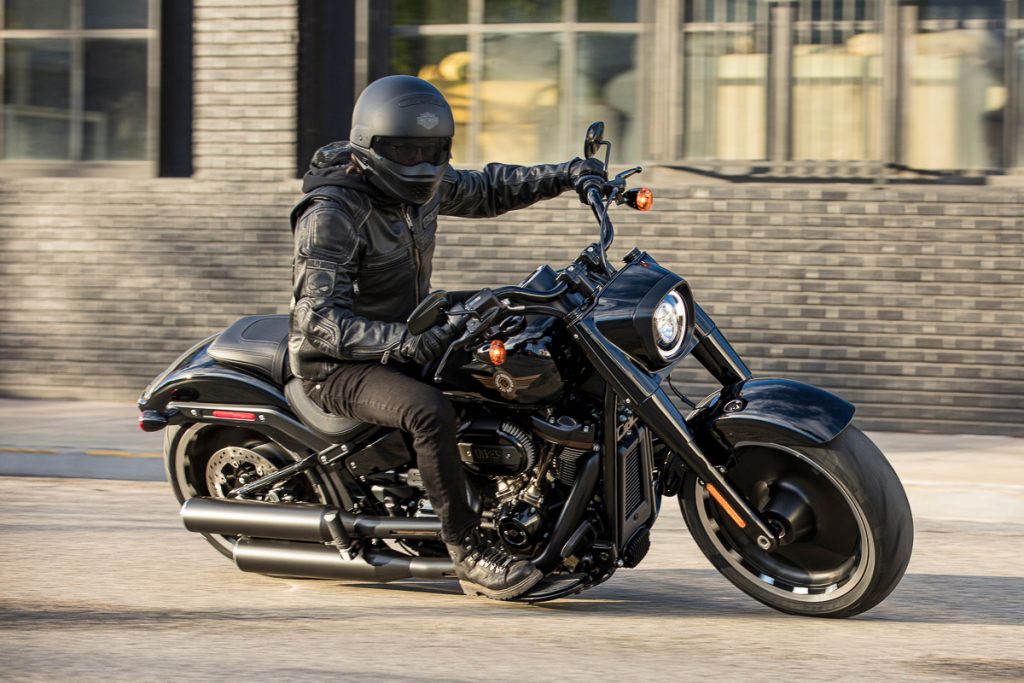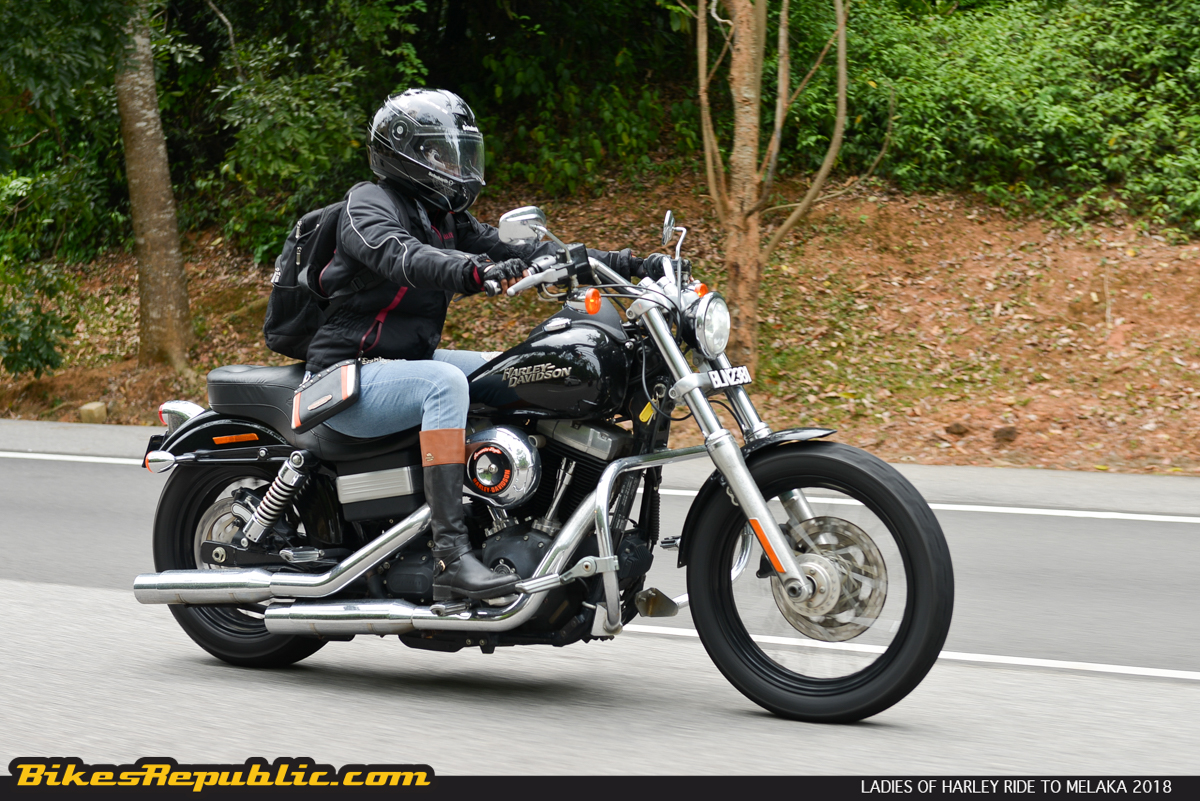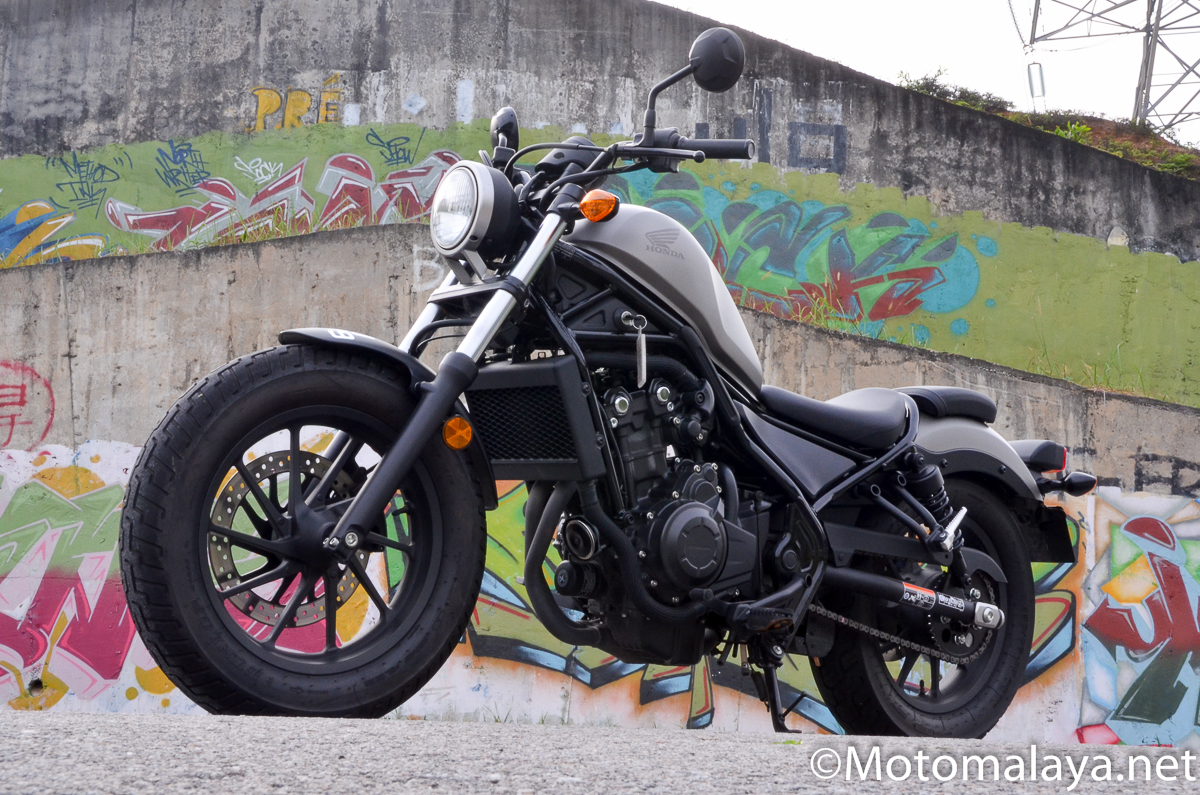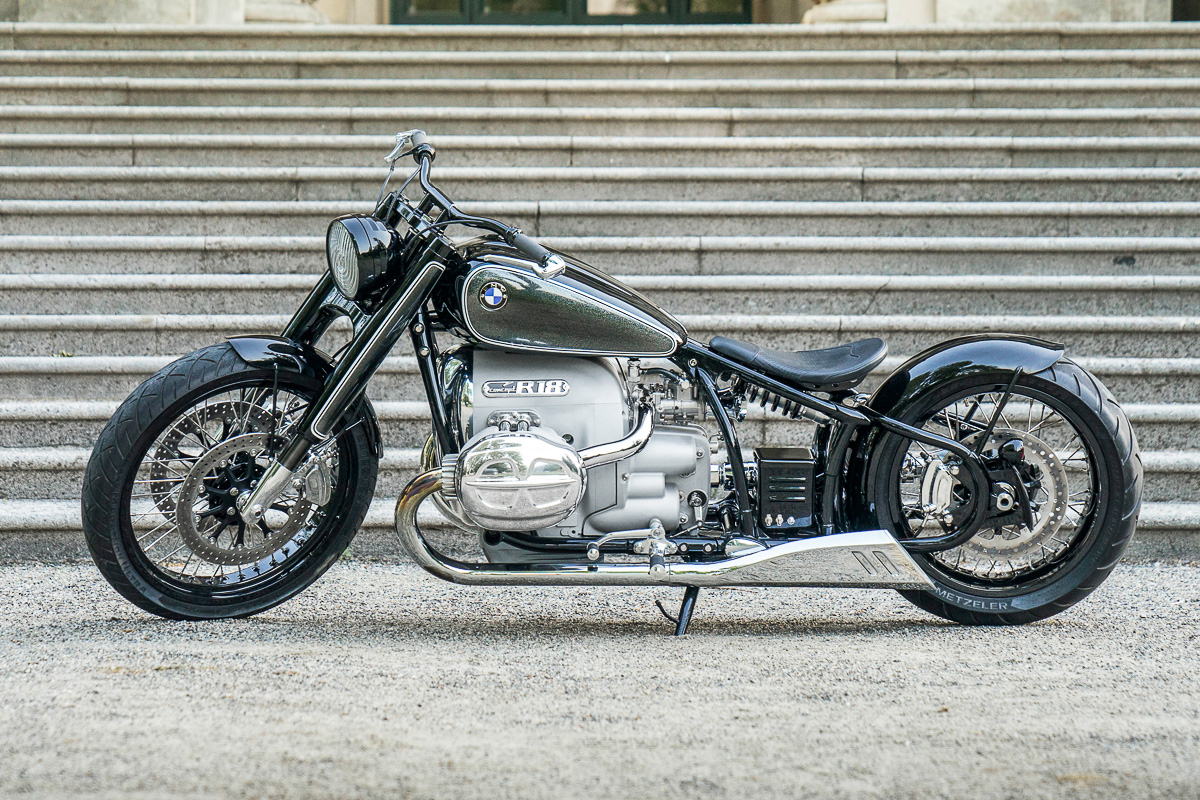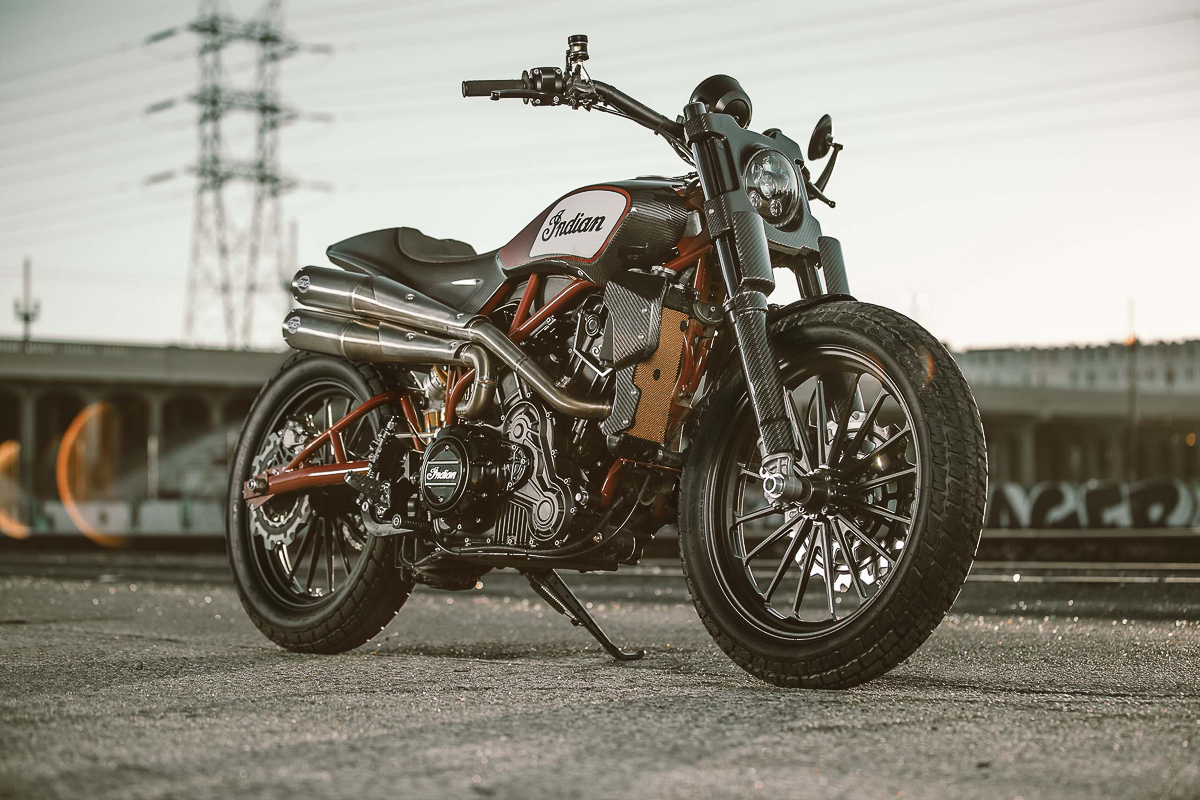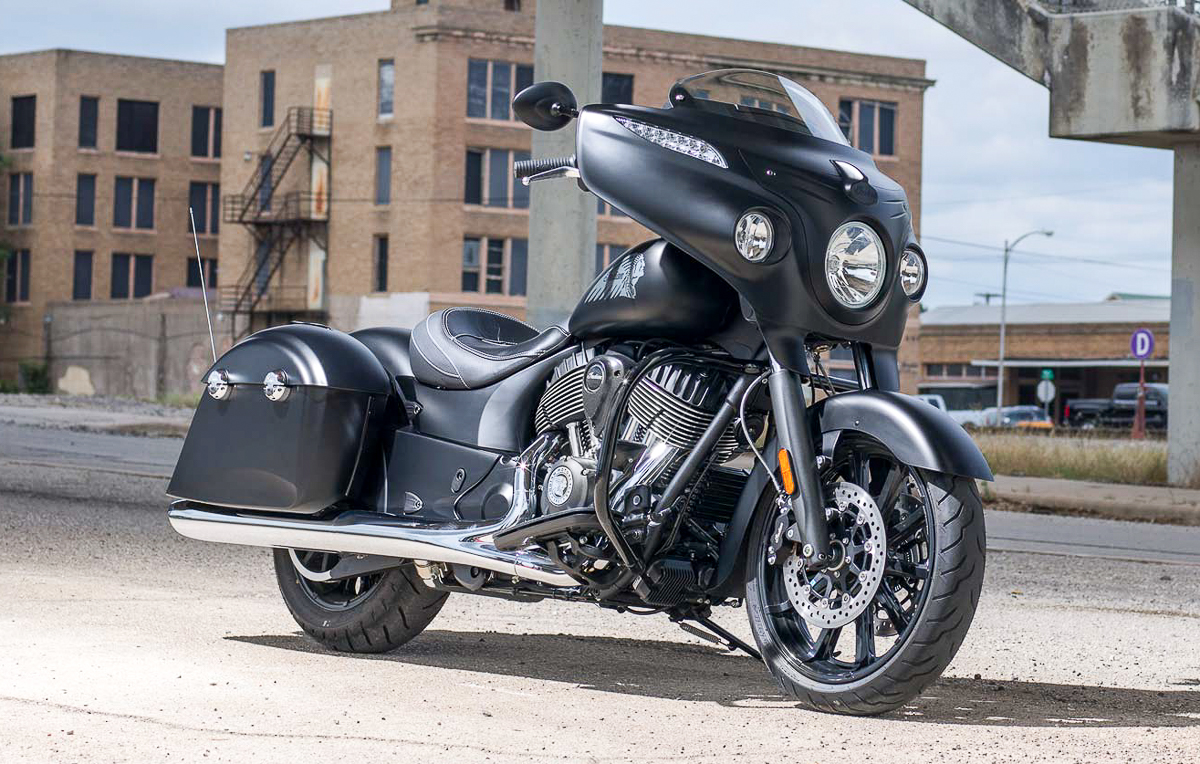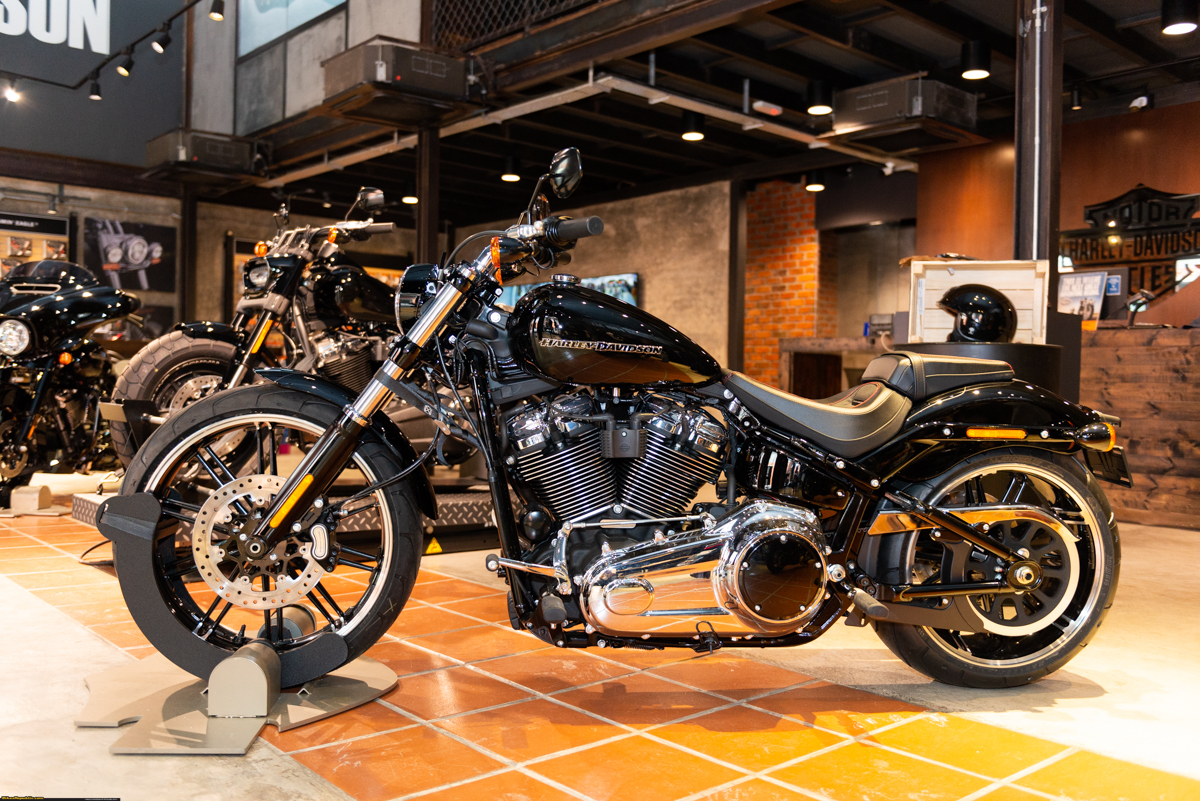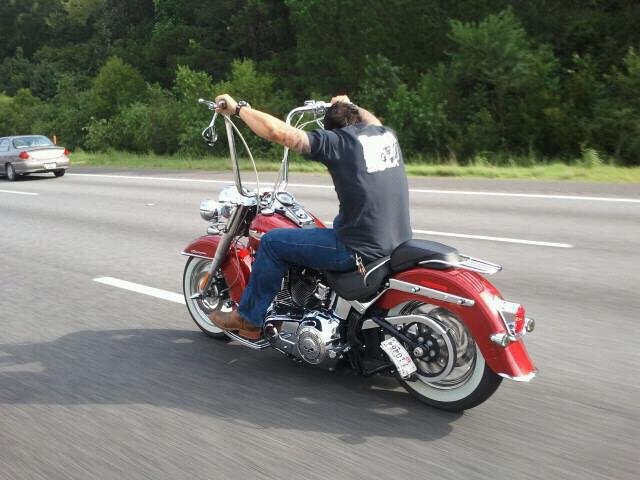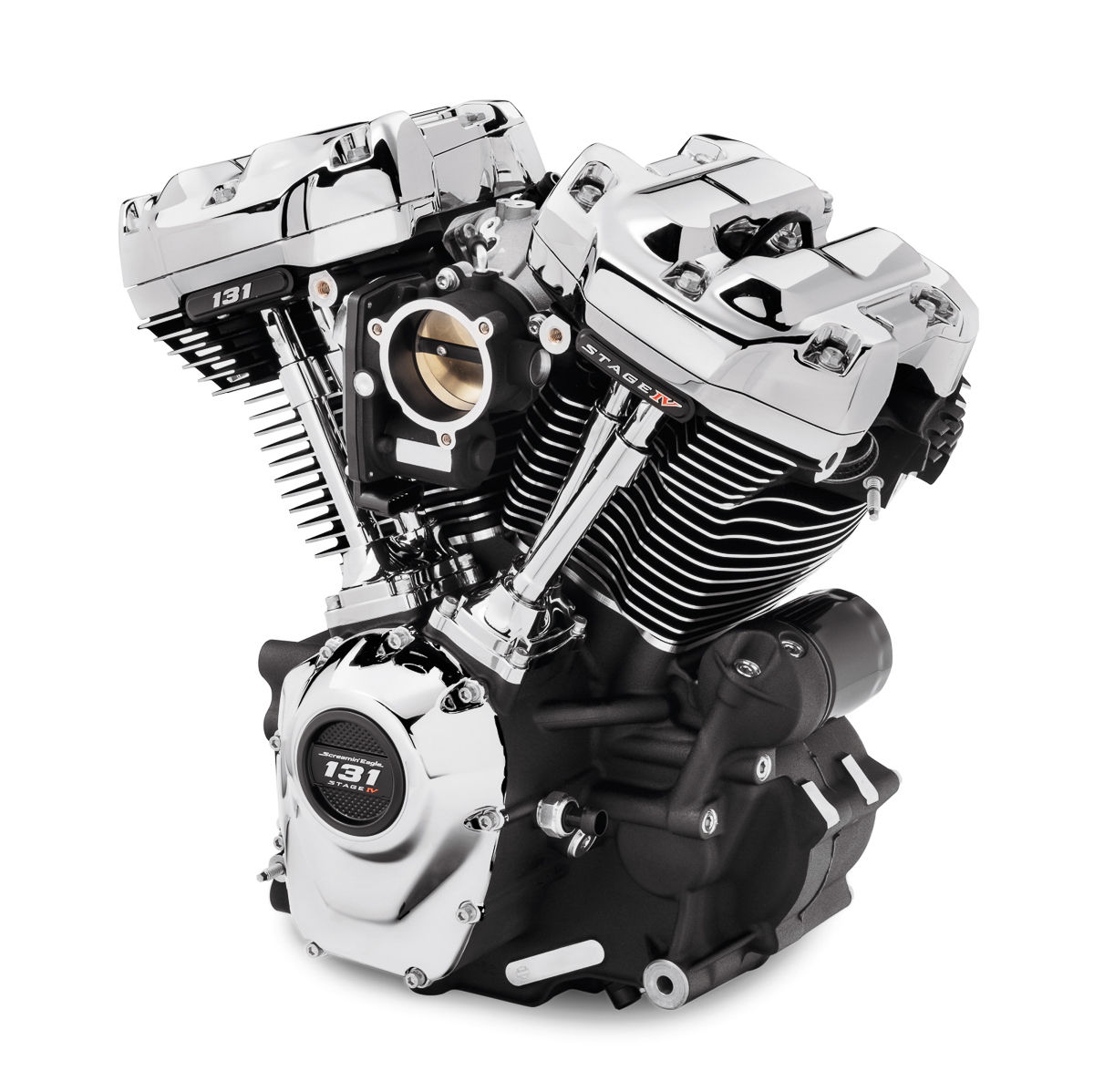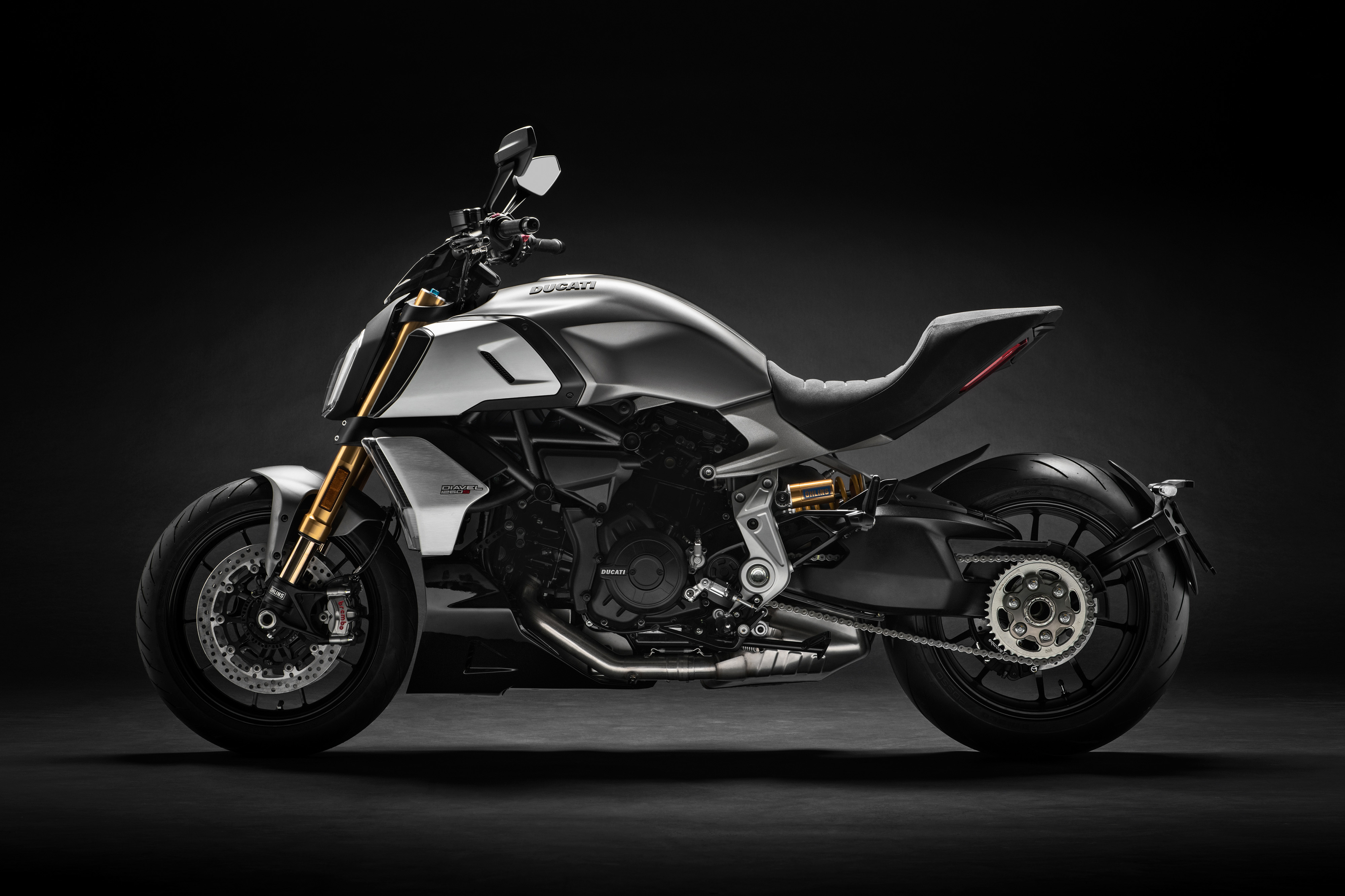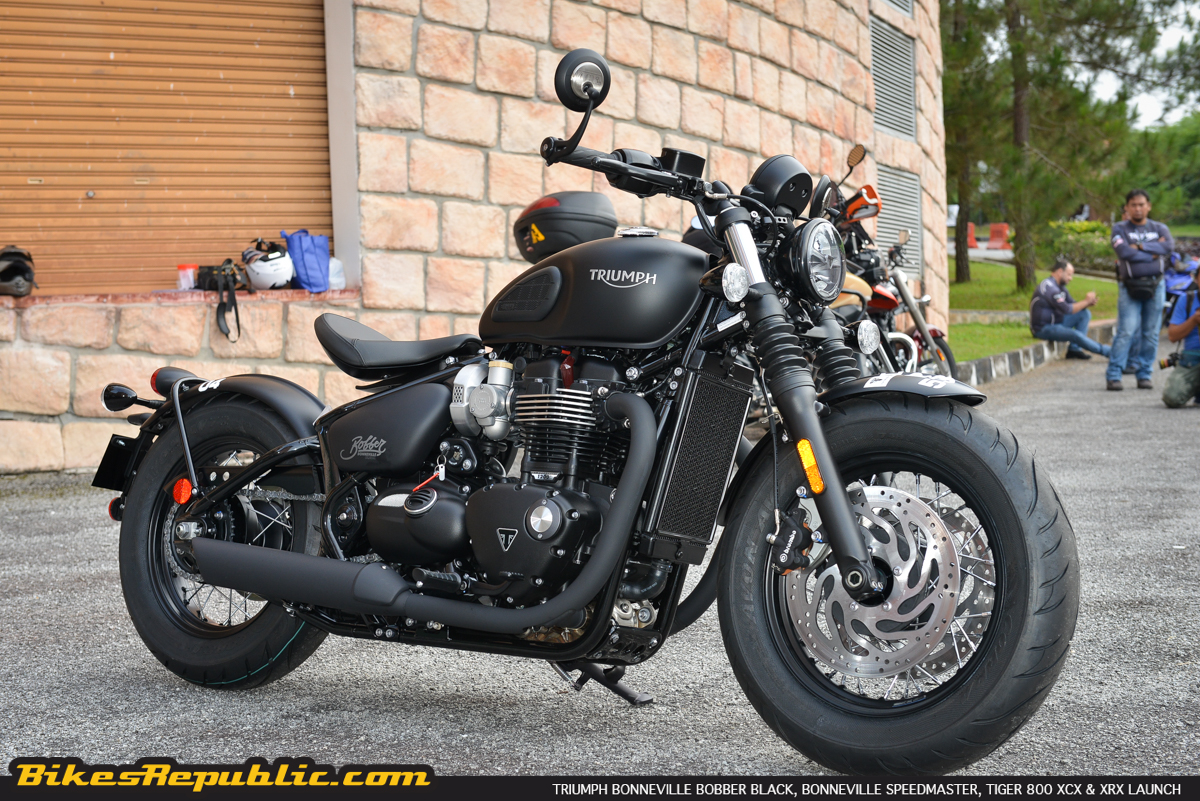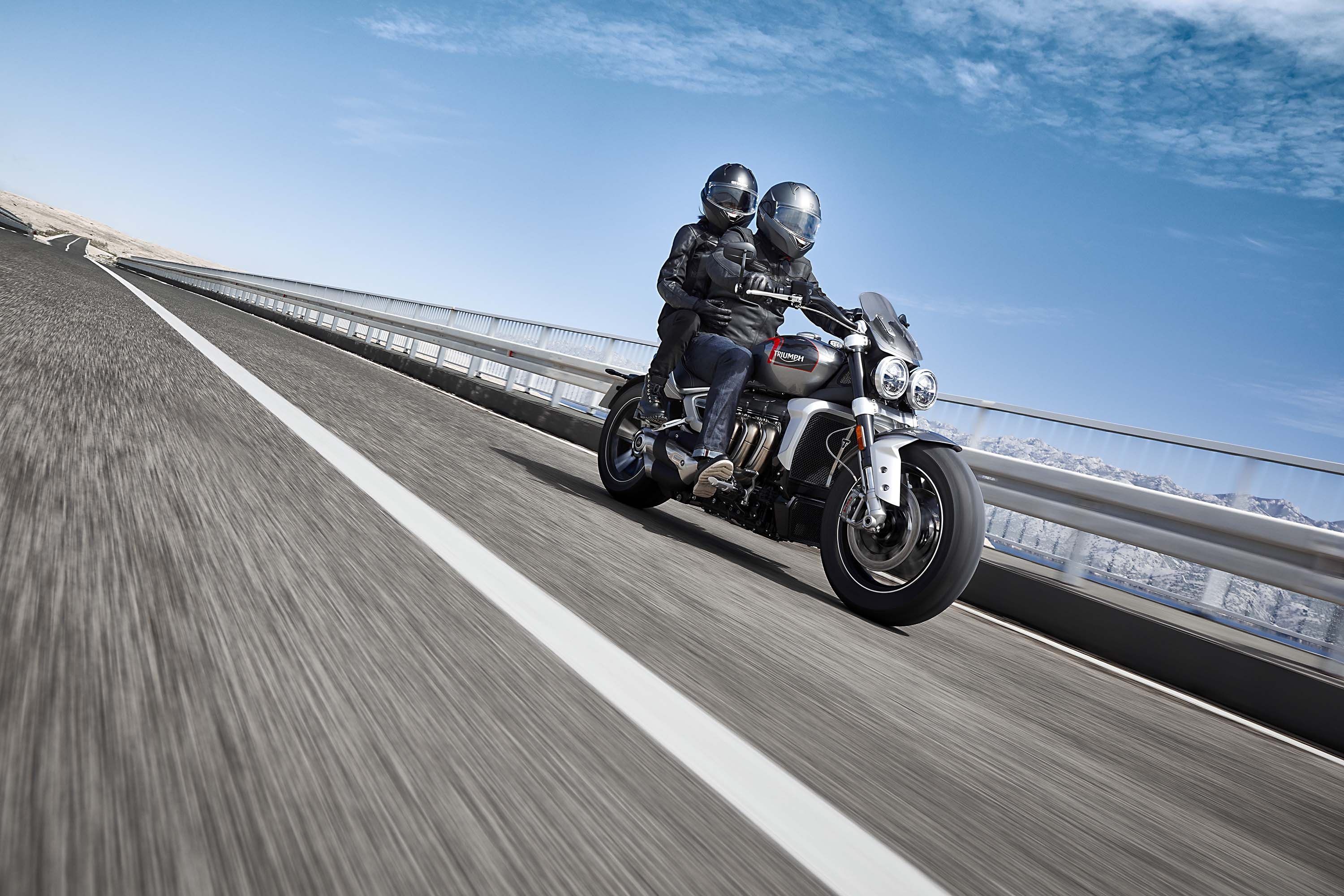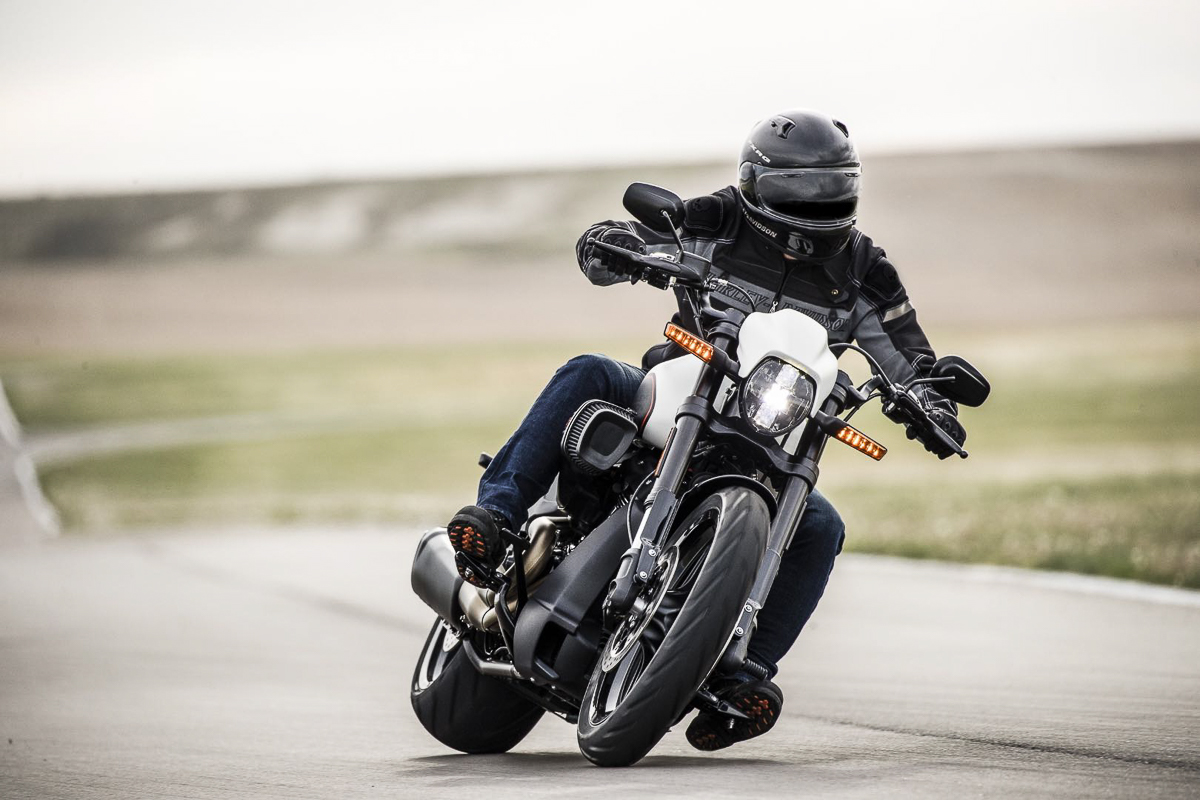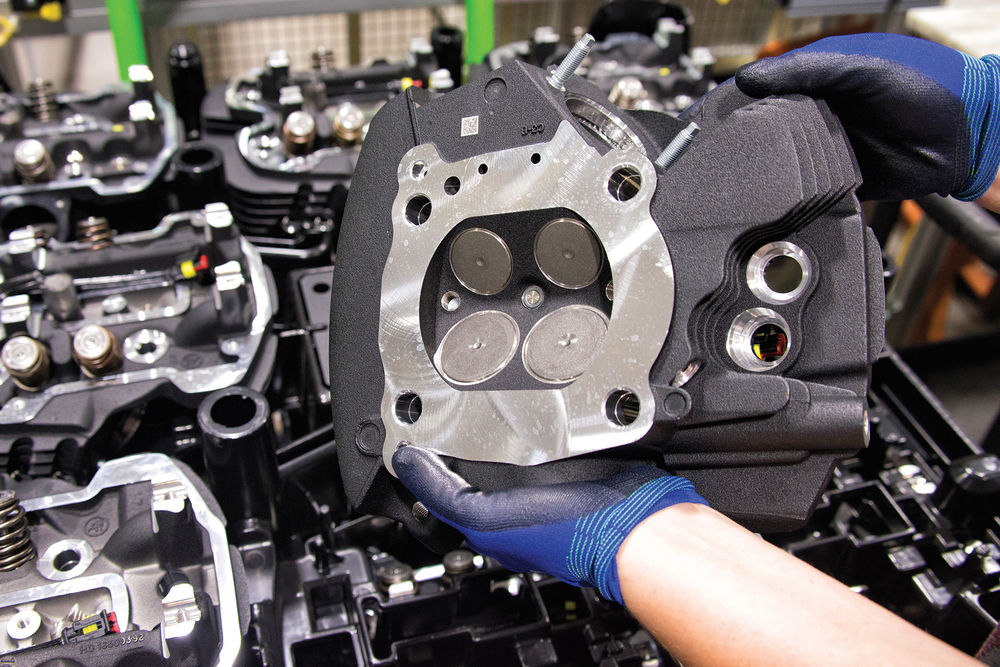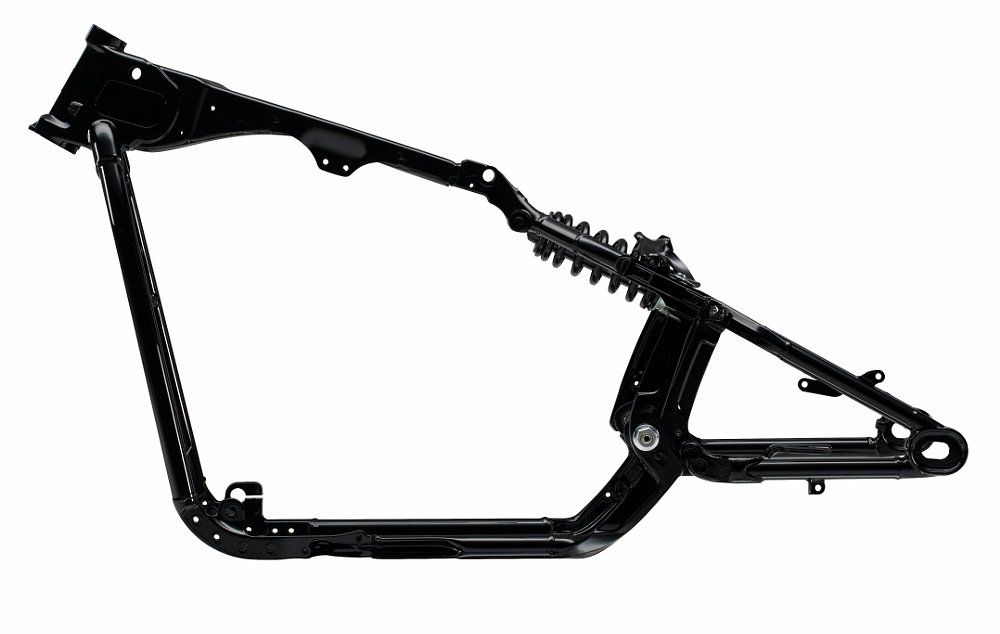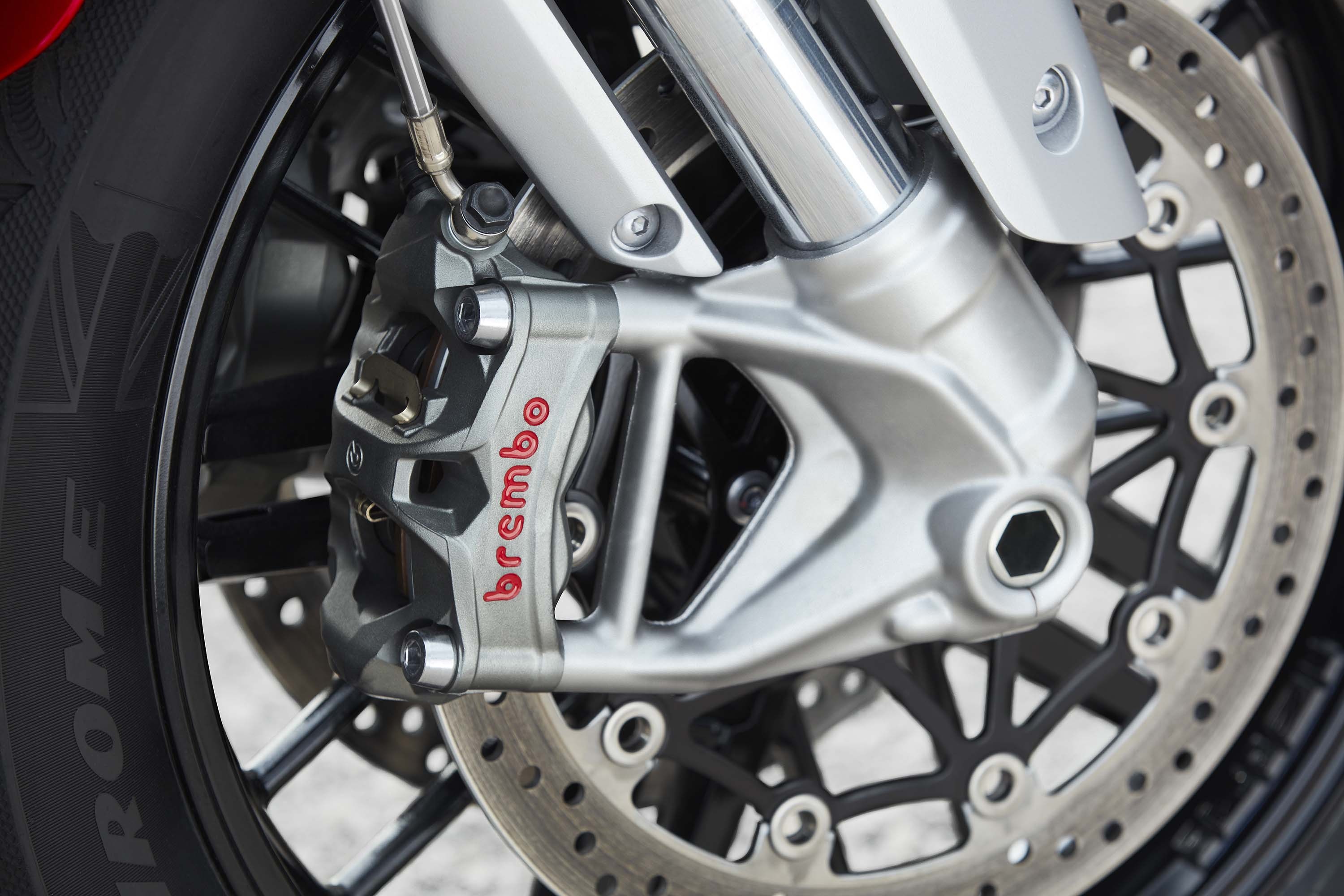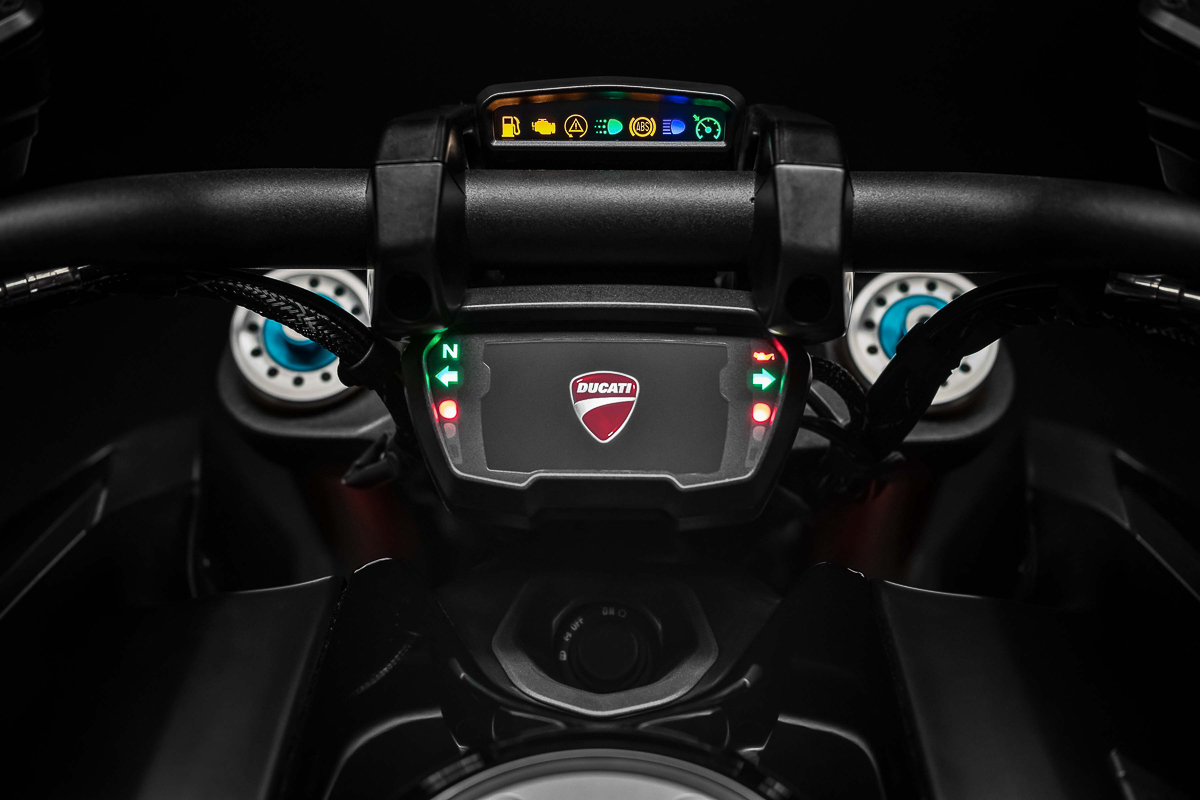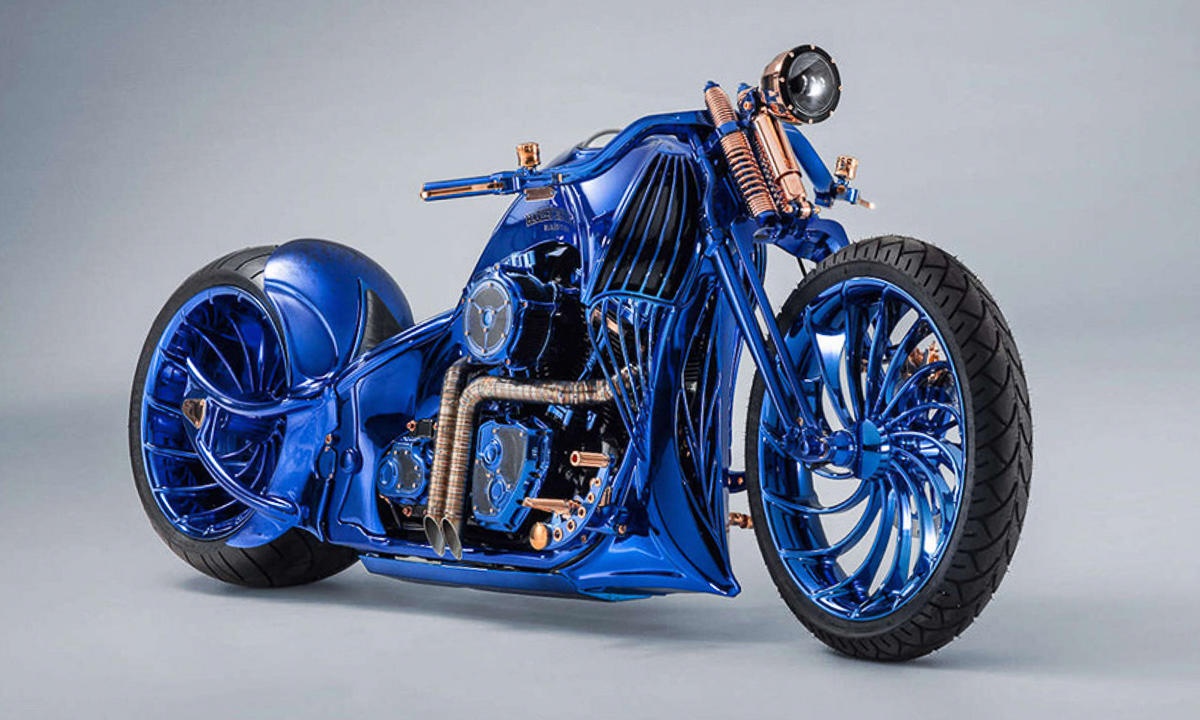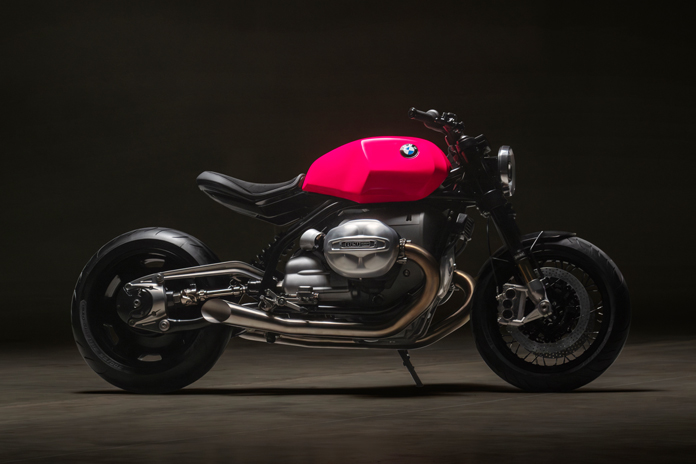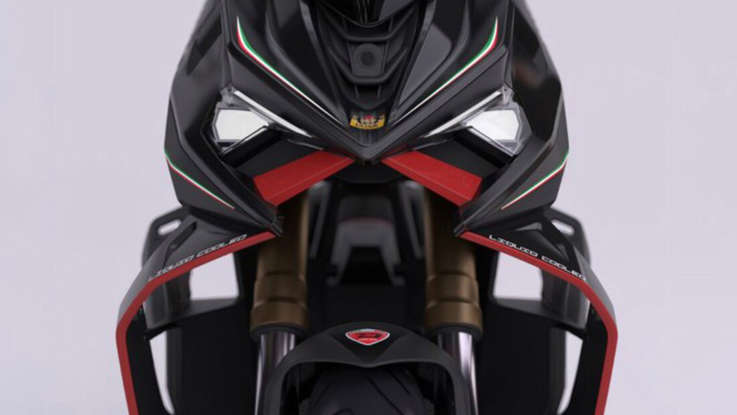-
Continuing our series “Know your Bike”, we present the tourer.
-
Tourers are about hauling their passengers and lots of luggage over long distances.
-
These luxo-tourers provide the best comfort.
Here we are, continuing with the tourer.
As the segment name suggests, the tourer is about long-distance riding. It’s about packing the bike with all the stuff you need for more than just a weekend getaway.
What is it?
The tourer is about outright comfort for long-distance rides.
That necessity gives rise to full wind protection, thick and comfy seats, large luggage carrying capacity, stereo.
Good examples are the Honda Gold Wing, BMW K 1600 range, Harley-Davidson touring range, Indian touring range, Yamaha Royal Star Venture, Kawasaki Voyager, so forth.
A sub-genre is known as the bagger. Baggers are cut down full-dress tourers, with no top case luggage and more streamlined bodywork. Best examples are the Honda Gold Wing F6B, Harley Street Glide and Road Glide, BMW K 1600 B,
BMW is set to join the cruiser market with the R 18, but there’s no official word on which types they’ll market.
Styling
Large, huge are the normal responses received from the public.
Tourers are given large bodywork to protect the occupants from windblast and large luggage to carry their belongings. Almost all have stereos and sound systems, too.
This segment is led by the Honda Gold Wing, which set the standards in terms of luxury, comfort, instrumentation and refinement. BMW’s K 1600 series does the same, while the American tourers are marketed for their heritage (although still comfortable compared to other types of bikes in the market).
Seating position
An upright riding position sums it all up.
The handlebar is usually “pulled back” to the rider with the help of a tall riser. Because of this, the seats are wide and plush to support the rider and passenger’s derrieres, while a tall seatback supports the rider’s lumbar region.
The footpegs or footboards are placed forward of the seat, giving little bend for the knees.
Engine size
Tourers are usually powered large capacity engines. The current crop has capacities ranging from 1600cc and above.
The American tourers feature the long-beloved narrow-angle 1800cc V-Twins , the Gold Wing has an 1800cc flat-Six, while the K 1600 uses a 1600cc straight-Six.
Performance
The engines in tourers are tuned for torque in order to support the rider, passenger, luggage and bikes’ weight.
Their capacities may rival that of cars (actually, they bigger than most cars in Malaysia), but their top speeds are usually around 200 km/h.
Chassis
Tourer chassis is about supporting large amounts of weight, first and foremost, with considerations for comfort being just as important.
Their suspensions are plush to isolate the occupants from road bumps. This is why the Gold Wing and K 1600 feature Hossack-style girder front suspension, while the American tourers have air shocks in the rear.
Electronics
They are equipped with the latest electronics these days, although not as extensive as bikes of other segments.
ABS and traction control are standard features. Gold Wing customers can also opt for the airbag.
Fuel capacity
Fuel tank sizes typically range from 18 litres and above to provide the furthest possible range between fill ups.
Customization options
Customization is usually centred around the Harley-Davidson and Indian brands. Trends include equipping them with large front wheels and “slamming the suspension.” Another favourite tweak is to install powerful sound systems in luggage space. Custom paint jobs and pinstriping are the norm.
Manufacturers also offer plenty of options.
